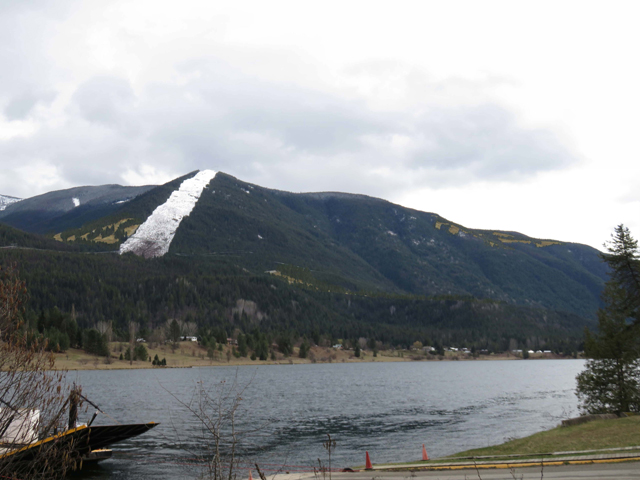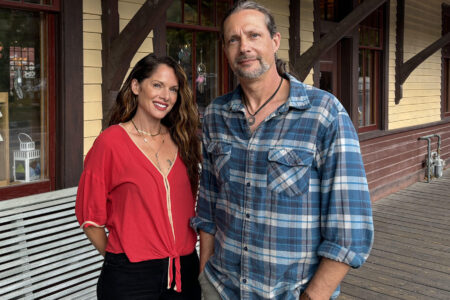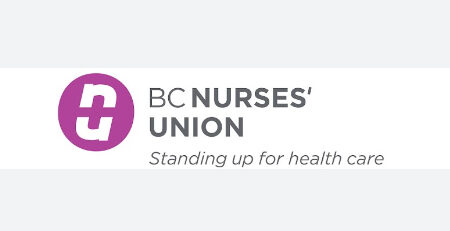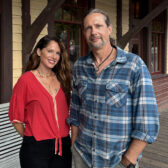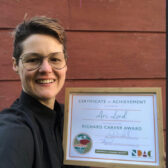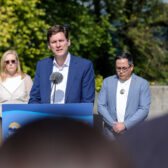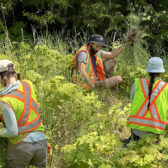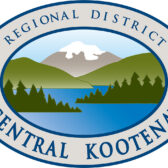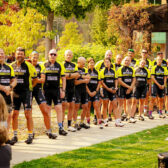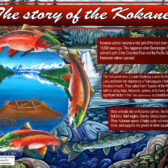Community concerned about logging in Glade watershed
Plans for logging in the Glade watershed are being met with resistance in the community of 300 people on the east side of Kootenay River. The Glade Watershed Protection Society (GWPS) is concerned that the proposed logging will affect the quality of the water and could result in expensive treatment systems being needed.
Society member Heather McSwan said the Province should be doing more to preserve watersheds.
“I would say there’s absolutely no protection and that’s the problem,” McSwan told The Nelson Daily.
Kalesnikoff Woodlands Manager Tyler Hodgkinson agrees that there’s no Provincial protection of watersheds, but that doesn’t mean it’s a logging free-for-all.
“Decisions concerning land use designation are the responsibility of the Provincial Government,” said Hodgkinson, “in this regard the Glade Watershed is designated a working forest, which is part of the timber harvest land base…We have a duty to make sure that we don’t put anything deleterious in the water supply.”
The logging rep added that he has never seen a water supply permanently damaged over the course of his career, but there can be a temporary period when streams “flush themselves clean.”
The GWPS has major concerns about roads and road construction. Not only are the roads unwanted because they will bring more noise, people and risk of fire, said McSwan, but because they can also be a cause of landslides.
“Glade doesn’t have many roads and we want to keep it that way,” she told The Nelson Daily.
Hodgkinson said people may not understand that roads aren’t built the same way they used to be.
“It’s now done as a full bench [that] we carve out. It’s not just a machine pushing dirt over the edge. Forestry operations have improved, all our tech has come leaps and bounds.”
Although the new ferry connecting Glade to Highway 3A will be capable of accommodating industrial trucks, there’s a worry that the main Glade road – a narrow road used by cyclists in the summer – will be overcome by loaded logging truck traffic.
According to Hodgkinson, there will be only pickup truck traffic during the two months of road building and a maximum of eight truckloads of timber per day going through town during the two months of harvesting. And they’ll be going slow.
“Kalesnikoff will direct logging truck traffic to adhere to a speed of 30km/hr when travelling through the Glade community,” the Woodlands Manager said. “Kalesnikoff will direct logging trucks to not travel through the Glade community when school bus route number 5 is on its scheduled pick and drop-off times.”
But GWPS questions why the logging company is going into their watershed to harvest timber at all.
“The logging industry is saying it’s sustainable,” said McSwan, “but then why are they in the watershed?”
Hodgkinson says the simple fact is that all the easily accessed and harvested areas have already been logged, which is forcing forest companies into more challenging areas.
So what are the forestry companies going to do in the future if the wood is getting harder and more expensive to harvest?
At the moment the logging business is booming, said Hodgkinson, so the expense isn’t a worry. And there might be a couple of tight decades before all the reforested areas are ready to be logged again, but some are already being harvested, he told the Daily.
Hodgkinson said that Kalesnikoff is being “extra careful and diligent in consulting the public” and getting information out. In February the company will be posting the changes made to the Glade management plan in response to public consultation sessions held in the spring of 2017. Logging operations are slated to begin in Glade September of this year.


